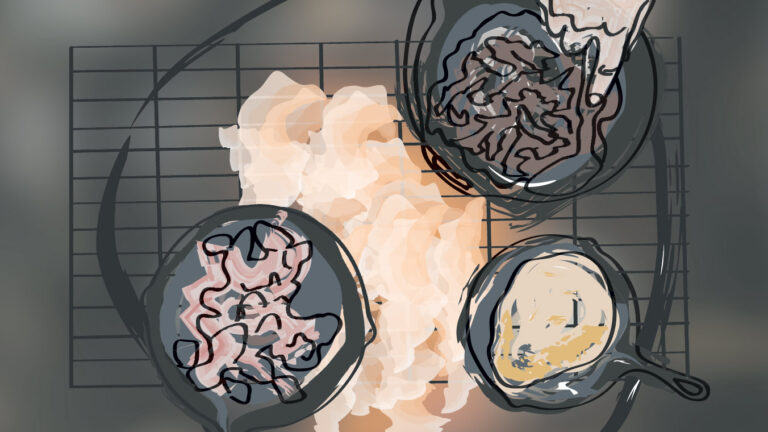Guest Editorial: Gary Tietjen’s Story: Western New Mexican Food
An Alibi Reader Shares His Family’s Story


Valerie Serna
Latest Article|September 3, 2020|Free
::Making Grown Men Cry Since 1992


Valerie Serna
